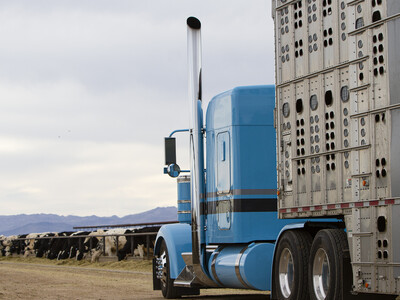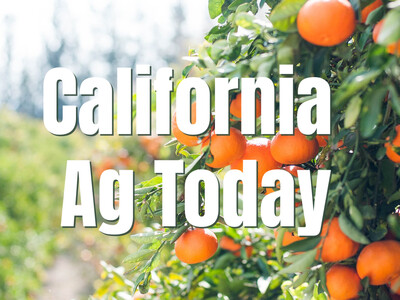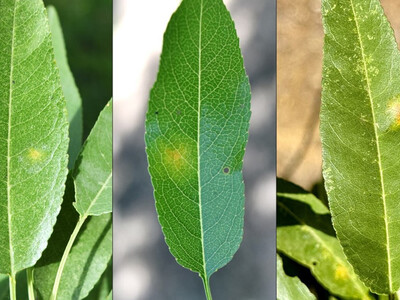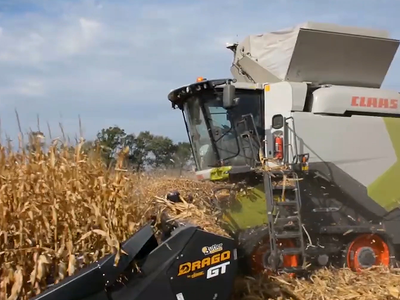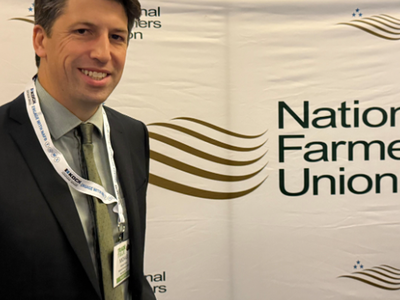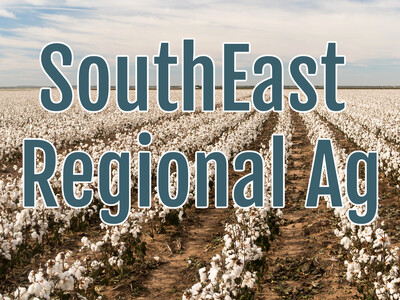Triggering Renewable Fuels Standard
Triggering Renewable Fuels Standard. I’m Greg Martin as Line On Agriculture presents the Harvest Clean Energy Report.
A major milestone has been reached in Oregon regarding the renewable fuels industry and helps not only the state but the rest of the industry take one step closer to energy independence according to Tomas Endicott with Willamette Biomass Processors.
ENDICOTT: Sequential Pacific Biodiesel, what was originally a $5-million gallon, 3-year plant in Salem was able to make some efficiency process upgrades to be able to reach 15-million gallon per year capacity and so that capacity triggers the Oregon Renewable Fuels Standard to go from 2% biodiesel up to 5% biodiesel on April 1st.
He talks about the companies that have helped make that happen.
ENDICOTT: To date I think there are only two ASTM certified biodiesel plants in the state; Sequential Biodiesel in Salem is 15-million per year and Beaver Biodiesel in Corvalis I think is 1-million gallons per year and both of those plants run off of mainly used cooking oil and that’s because up-to-date they’ve been able to find the volumes they need of used cooking oil.
But Endicott says that they will need to be looking for other sources to grow in the future.
ENDICOTT: However as this volume goes higher, as the market demand in Oregon goes higher I think they’re going to be looking toward other feedstocks in particular agricultural feedstocks like camelina, potentially soybeans, maybe canola; although canola is pretty high priced for biodiesel and so I think that is going to be a good development for the agricultural oilseed production side of biodiesel in the Pacific Northwest.
These new oilseed possibilities can mean a good future for companies like Willamette Biomass.
ENDICOTT: We’re the largest oilseed processor in the Pacific Northwest. We have the capacity to process 120-tons a day. To date we haven’t been able to source enough material to max our facility with oilseeds that are produced in the Pacific Northwest. so we have to import material from Montana, from the Midwest , from Canada in order to keep our facility running at capacity. But our hope and our goal and what we’re working toward with growers in the region is to over time move more and more northwestern produced product through our plant and create that opportunity for growers and the opportunity for livestock producers.
For additional information on clean energy, visit harvestcleanenergy.org. That’s today’s Line On Agriculture. I’m Greg Martin on the Ag Information Network.
www.harvestcleanenergy.org







